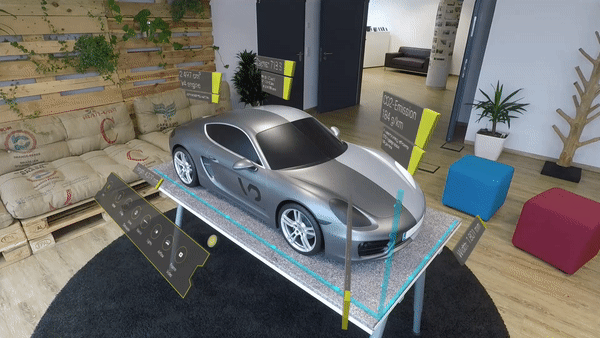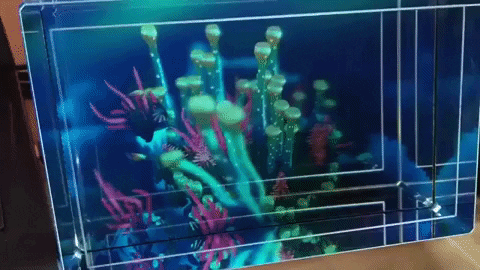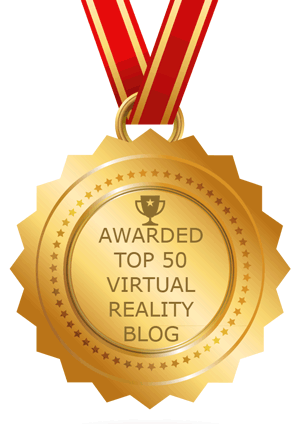Das Limmattaler 3D-Modell ist jetzt für jede und jeden zugänglich.
Nun folgt ein weiterer grosser Schritt: Das 3D-Modell ist ab sofort öffentlich zugänglich. Auf www.limmatstadt-digital.chlässt sich eine Software herunterladen, mit der das schweizweit erste digitale 3D-Modell einer ganzen Region benutzt werden kann. Dafür braucht es einen PC, ein Tablet oder eine Virtual-Reality-Brille. So wird die Kommunikation mit der Bevölkerung in Sachen Bauprojekten einfacher. Die Vernetzung von öffentlicher Hand, Privaten und der Bevölkerung werde zudem gestärkt, teilte die Standortförderungsorganisation Limmatstadt AG am Mittwoch mit.
Das 3D-Modell zeigt unter anderem, wie die Region in Zukunft aussehen könnte. So sind auch zukünftige Projekte enthalten, zum Beispiel der geplante Dietiker Stadtteil Niderfeld, die 2. Etappe der Limmattalbahn zwischen Schlieren und Killwangen oder auch der weiterentwickelte Wirtschaftsraum Urdorf Nord . «Aktuell beinhaltet es rund 20 Projekte, davon sind einzelne nicht öffentlich ersichtlich, sondern nur für einen bestimmten Nutzerkreis zu sehen», heisst es in der Mitteilung weiter. Auch Private können Projekte hochladen.
Das Limmatstadt-3D-Modell ist Teil des Kooperationsprogramms der Metropolitankonferenz Zürich und wird von der Limmatstadt AG betrieben. Für die Technik ist die Raumgleiter AG verantwortlich. Verschiedene Gemeinden sind Projektpartner. Das Modell ist für einen Award der Schweizerischen Vereinigung für Standortmanagement nominiert, der am 17. September in Thun verliehen wird.
Quelle:
https://www.aargauerzeitung.ch/limmattal/erstmals-oeffentlich-verfuegbar-jetzt-koennen-alle-durchs-limmattal-fliegen-135408181
Foto: Das 3D-Modell der Limmatstadt AG kann man nun beispielsweise auch zu Hause auf dem Tablet nutzen. Bisher kam die Öffentlichkeit nur an Anlässen wie etwa Immobilienmessen mit dem 3D-Modell in Berührung. Im März 2018 wurde es erstmals in Zürich vorgestellt. © Severin Bigler (Zürich, 16. März 2018)

 We spoke to Pablo Kern at Meyle+Müller, Philipp Bauknecht at medialesson and Sebastian Reher at Porsche about this unique collaboration, its background and, of course, its results.
We spoke to Pablo Kern at Meyle+Müller, Philipp Bauknecht at medialesson and Sebastian Reher at Porsche about this unique collaboration, its background and, of course, its results.
